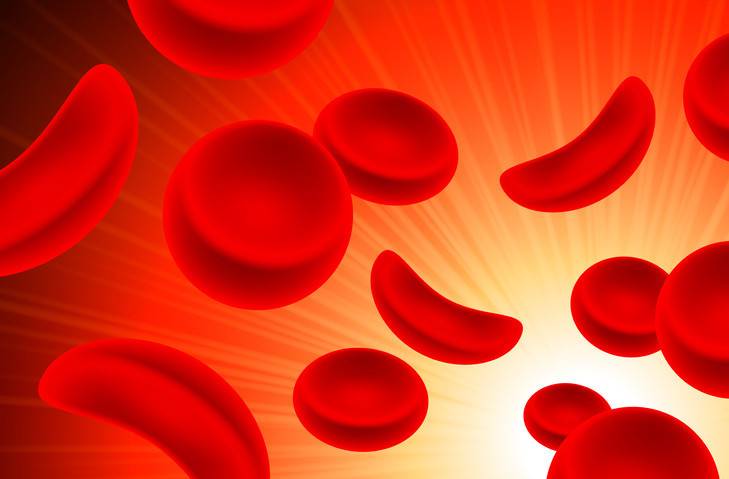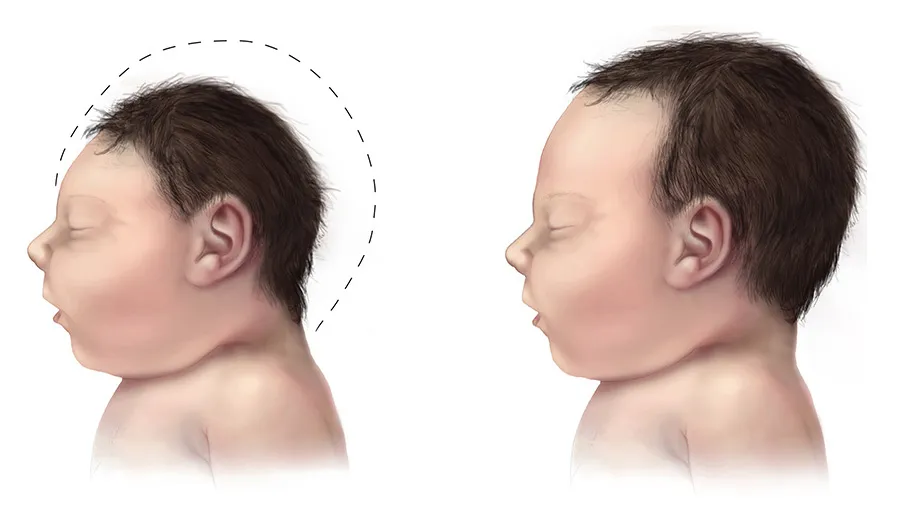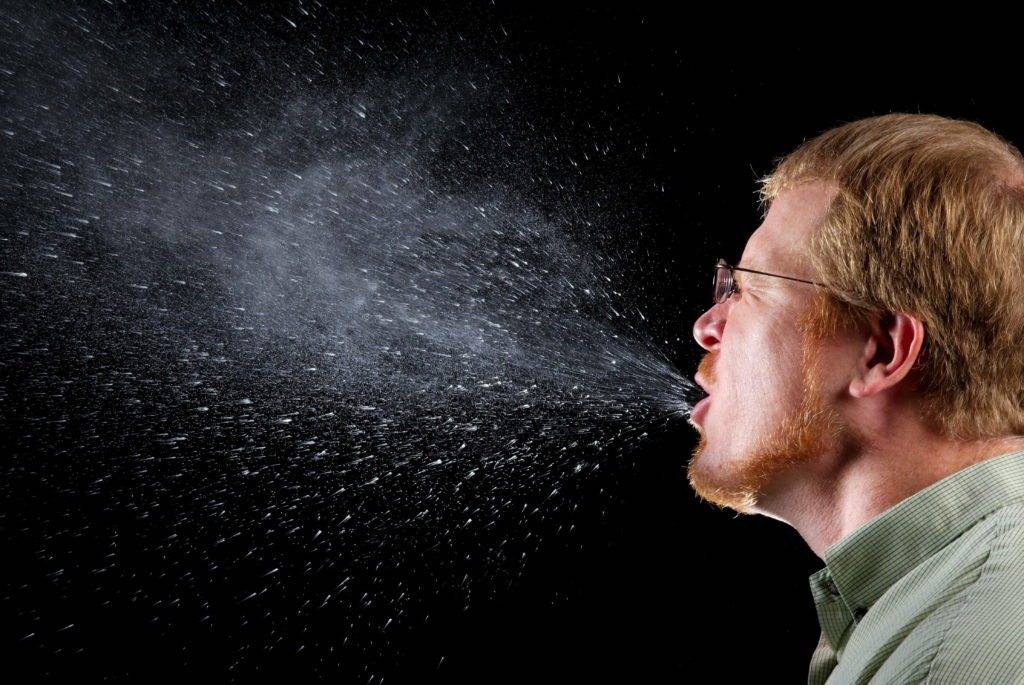As a parent or caregiver, seeing your child in pain is one of the most distressing experiences. One common culprit behind sudden and severe throat pain in children is strep throat, a bacterial infection caused by group A Streptococcus.
Strep throat can be more than an uncomfortable inconvenience, it’s a common and often painful infection, particularly prevalent in children. If left untreated, it can lead to serious complications, including rheumatic fever and kidney inflammation.
Fortunately, various treatment options are available to cure this infection. Recognizing the symptoms and the treatment options is important to ensuring your child recovers swiftly and safely. From antibiotics to home remedies, we’ll guide you to manage strep throat in children, ensuring you’re equipped to handle this significant health concern.
In this blog post, we’ll explore the nature of strep infections, highlight the key signs and symptoms to watch for, and delve into the range of treatment strategies available. Whether you’re a veteran parent or a newbie, this guide will offer valuable insights to help you navigate the challenges of strep throat and ensure your child’s quick recovery.
Understanding Strep Throat
Strep throat is a bacterial infection that primarily affects the throat and tonsils. It is characterized by a sudden and severe sore throat, pain while swallowing, and red and swollen tonsils, often with white patches or streaks of pus. It’s most common in children between the ages of 5 and 15 but can affect people of all ages.
Causes and Symptoms

Strep throat is caused by the Streptococcus pyogenes bacteria, also known as group A Streptococcus. The bacteria are highly contagious and spread through respiratory droplets from coughing or sneezing, close contact with an infected person, or touching contaminated surfaces and then touching the nose or mouth.
Recognizing the symptoms of strep throat is crucial for early treatment. Symptoms include:
- Severe sore throat: Sudden onset of a painful sore throat.
- Painful swallowing: Discomfort or pain while swallowing.
- Red and swollen tonsils: Often with white patches or streaks of pus.
- Tiny red spots on the roof of the mouth: Called petechiae.
- Fever: Often above 101°F (38.3°C).
- Swollen lymph nodes: Particularly in the neck.
- Headache, nausea, or vomiting: Common in younger children.
If your child exhibits these symptoms, especially in combination with a fever and swollen lymph nodes, it is advisable to seek medical attention promptly.
Diagnosing Strep Throat
Rapid Antigen Detection Test (RADT)
A quick and efficient way to diagnose is through a Rapid Antigen Detection Test (RADT). This test involves swabbing the throat and tonsils and providing results within minutes. While RADT is convenient, it’s not always conclusive, and a negative result doesn’t completely rule out strep throat.
Throat Culture
If the RADT result is negative but symptoms strongly suggest strep throat, a throat culture may be performed. This involves taking a swab from the throat and growing the bacteria in a lab to confirm the presence of Streptococcus pyogenes. Although throat cultures take longer to yield results, typically 24-48 hours, they’re more accurate.
Treatment Options for Strep Throat
Antibiotics

The primary treatment for strep throat is antibiotics. These medications help reduce the severity and duration of symptoms, prevent the spread of infection, and lower the risk of complications. By targeting and eliminating the Streptococcus pyogenes bacteria, antibiotics play a critical role in ensuring a swift and full recovery.
Penicillin and amoxicillin are the most commonly prescribed antibiotics. They’re highly effective, safe, and have a low risk of side effects, making them ideal choices for treating children. Penicillin is usually given as an oral tablet or liquid, while amoxicillin is available in chewable tablets and liquid forms, making it easier for children to take.
- Penicillin
Typically prescribed for a 10-day course, this is administered as an oral tablet or liquid. It’s crucial to complete the entire course, even if symptoms improve, before finishing the medication to ensure the bacteria are fully eradicated. This helps with recurrence and reduces the risk of complications.
- Amoxicillin
It is often preferred for children due to its more palatable taste and more convenient dosing schedule, twice a day compared to penicillin’s multiple daily doses. Amoxicillin usually requires just twice-daily dosing, making it easier for both parents and children. This is available in chewable tablets and liquid forms.
For children allergic to penicillin, alternative antibiotics include:
- Cephalexin: A first-generation cephalosporin, cephalexin is effective and usually well-tolerated. It works similarly to penicillin and is prescribed when a mild penicillin allergy is present.
- Azithromycin or Clarithromycin: These are macrolide antibiotics often used when there’s a penicillin allergy, though they carry a higher risk of resistance. Despite this, they’re still effective and can be a good alternative.
- Clindamycin: This is effective against strep throat and can be used for those with severe allergies to penicillin and cephalosporins.
Choosing the right antibiotic depends on the child’s allergy history, the antibiotic’s taste and form, and the dosing schedule. Omega Pediatrics is highly recommended for antibiotic prescription treatment. They ensure the best possible outcome for the child’s recovery.
Symptomatic Relief
While antibiotics tackle bacterial infections, symptomatic relief measures are crucial to keeping the child comfortable and alleviating pain.
Over-the-Counter Pain Relievers
- Acetaminophen (Tylenol): Helps reduce fever and relieve sore throat pain.
- Ibuprofen (Advil, Motrin): Reduces inflammation and provides pain relief. It’s particularly effective if there’s significant throat swelling.
Home Remedies
- Hydration: Encourage the child to drink plenty of fluids. Warm beverages like herbal teas or broth can soothe the throat, while cold drinks and popsicles can numb the pain.
- Rest: Adequate rest is essential to helping the body fight off the infection.
- Saltwater Gargle: For older children who can safely gargle, a saltwater rinse (1/2 teaspoon of salt in warm water) can reduce throat pain and inflammation.
- Humidifier: Using a cool-mist humidifier in the child’s room keeps the air moist and eases throat irritation.
- Honey: For children over one-year-old, a spoonful of honey can soothe the throat. It has natural antibacterial properties and can be mixed with warm water or herbal tea.
Prevention of Strep Throat
Preventing the spread of strep throat is vital to protecting other family members and the broader community.
Hygiene Practices
- Handwashing: Regular and thorough handwashing with soap and water is crucial, especially after coughing, sneezing, or touching the face.
- Avoid Sharing Personal Items: Do not share utensils, cups, or towels with someone who has strep throat.
- Covering Mouth and Nose: Teach children to cover their mouths and noses with a tissue or their elbow when coughing or sneezing.
- Cleaning Surfaces: Regularly disinfect frequently touched surfaces, such as doorknobs, light switches, and toys.
Isolation
If your child has strep throat, keep them home from school or daycare until they have been on antibiotics for at least 24 hours and are no longer contagious.
Complications of Untreated Strep Throat
While strep throat is generally straightforward to treat, failure to promptly and adequately address the infection can lead to serious complications.
Rheumatic Fever
An inflammatory disease can develop if strep throat or scarlet fever isn’t properly treated. It can cause permanent damage to the heart, including the heart valves, joints, skin, and brain. Symptoms are joint pain and swelling, rash, fever, and uncontrolled movements of the limbs or face.
Post-Streptococcal Glomerulonephritis
This is a kidney disease that can occur after a strep infection. It results from the immune system’s reaction to the bacteria, leading to inflammation of the kidneys. Symptoms include dark, reddish-brown urine, swelling (especially in the face, hands, and feet), and high blood pressure.
Peritonsillar Abscess
An untreated strep infection can lead to an abscess (a collection of pus) forming near the tonsils. This can cause severe throat pain, swelling, difficulty swallowing, and sometimes difficulty breathing. Treatment involves draining the abscess and antibiotics.
PANDAS Syndrome
Pediatric Autoimmune Neuropsychiatric Disorders Associated with Streptococcal Infections (PANDAS) is a condition in which a strep infection triggers a sudden onset of obsessive-compulsive disorder (OCD) or tic disorders in children. Symptoms include anxiety, mood swings, and severe behavioral changes.
Get Your Child Treated for Strep Throat Today

Strep throat, though common and generally treatable, requires prompt attention and proper medical care to avoid complications. The primary treatment involves antibiotics such as penicillin or amoxicillin, with alternatives available for those with allergies.
Symptomatic relief through pain relievers and home remedies eases discomfort. Preventive measures, including good hygiene practices and isolating infected children, are essential to stop the spread of the infection.
Understanding the symptoms and treatment options ensures that children with strep throat recover quickly and completely, maintaining their health and well-being. By staying informed and vigilant, parents and caregivers can effectively manage strep infections in children, ensuring a speedy recovery and preventing potential complications.
Don’t delay treatment if you notice your child manifests the symptoms. Reach out to Omega Pediatrics, your experienced and competent provider to treat your child. They’re specialists in children’s illnesses and, thus, have peace of mind that your child will fully recover from a strep infection.



